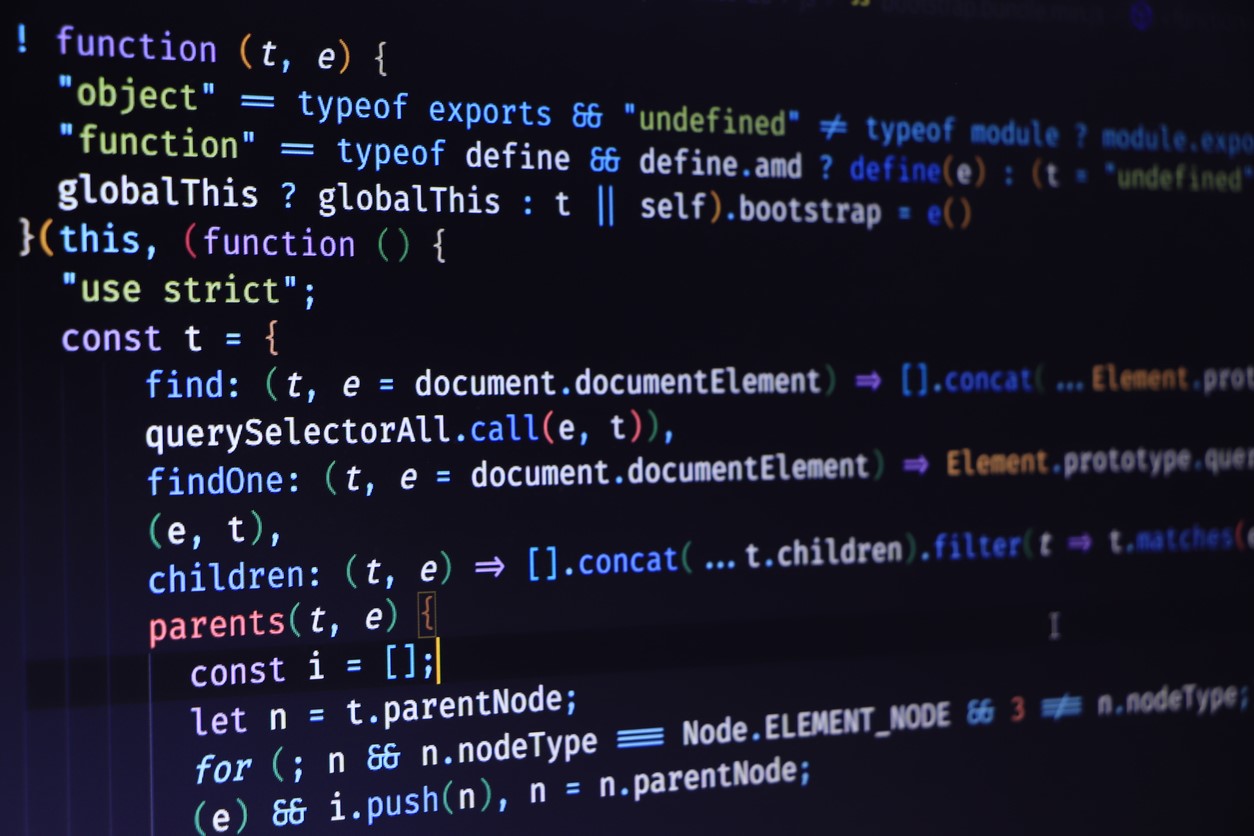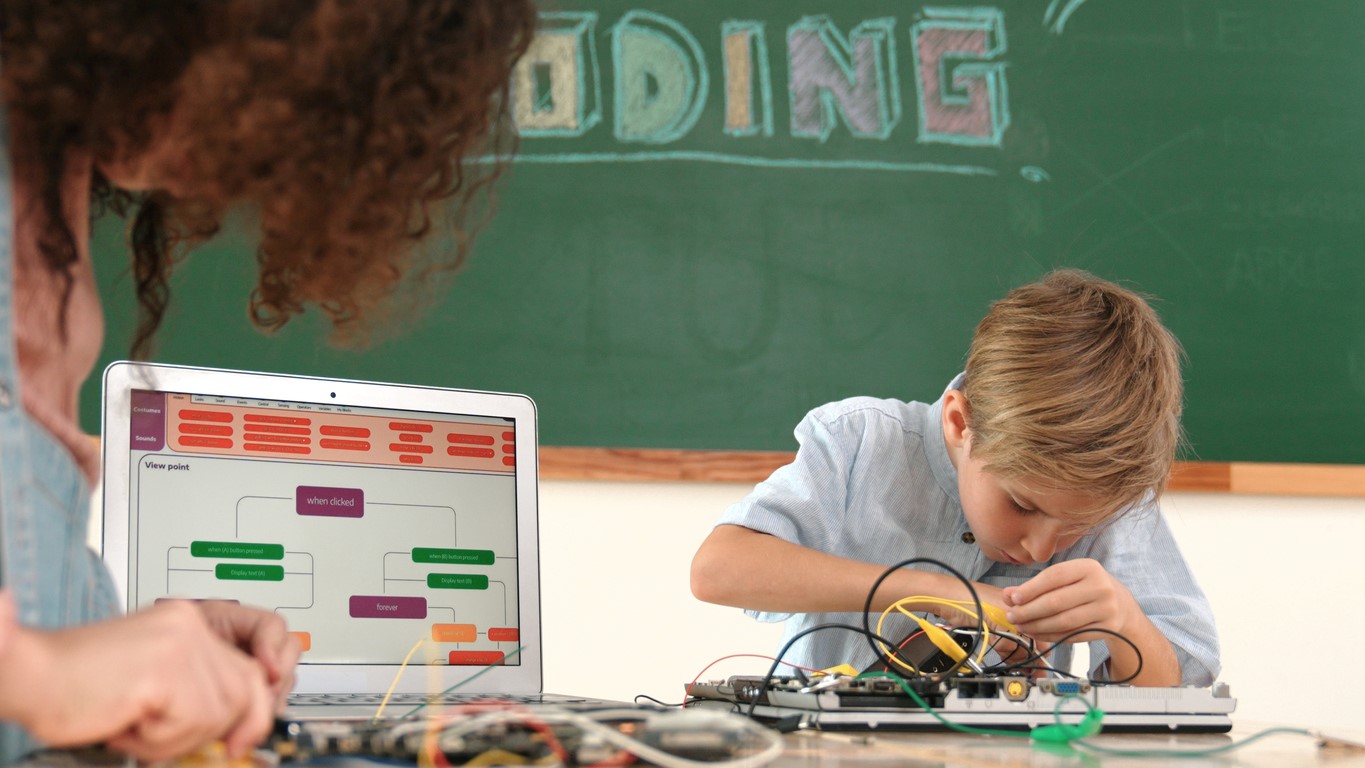Top Programming Languages for Kids of Any Language
Publication date: May 23, 2024
In today’s digital age, coding is an essential skill for children to learn. It not only fosters creativity but also enhances problem-solving and logical thinking abilities. With countless programming languages available, choosing the right one for kids can be daunting. This guide will help you navigate through some of the best programming languages for children, making it easy for them to start their coding journey.

Visual Programming Languages
Visual programming languages are ideal for beginners, especially young children, as they use a drag-and-drop approach to coding. Here are some of the best visual programming languages for kids:
-
Scratch
Scratch, developed by the MIT Media Lab, is a popular visual programming language designed specifically for children. It allows users to create animations, games, and interactive stories by snapping together code blocks. Scratch is available in over 70 languages, making it accessible worldwide. To get started, check out the Introduction to Scratch Learning Bit on the EU Code Week website and explore the vibrant ScratchEd community. (Recommended Age: Primary school).
-
Blockly
Blockly, developed by Google, is another block-based coding language. It provides a visual code editor where users can drag and drop blocks to create code, which is then displayed in a text-based language on the side. This dual approach helps beginners transition to text-based coding. Explore resources and tutorials on the EU Code Week repository to get started with Blockly. (Recommended Age: 10+)
-
Alice
Alice, created by Carnegie Mellon University, enables children to learn the fundamentals of programming by creating 3D animations, interactive narratives, and simple games. It’s designed to teach computational thinking and basic programming concepts in a fun and engaging way. Find additional resources for Alice on the EU Code Week website. (Recommended Age: 7-13).
Text-Based Programming Languages
As kids become more comfortable with visual programming, they can transition to text-based programming languages. Here are some of the top text-based languages for kids:
-
Python
Python is one of the most popular and beginner-friendly programming languages. Its simple and readable syntax makes it an excellent choice for children who are ready to move beyond block-based coding. Python is used in various fields, including web development, game development, and data science. Check out the Creative coding with Python tutorial on the EU Code Week website for a great starting point. (Recommended Age: Secondary school).
-
JavaScript
JavaScript is an essential language for web development, allowing developers to create interactive websites. It’s an interpreted language, making it easier to debug and modify code. JavaScript is perfect for kids interested in web design and development. Explore free online courses on platforms like Code.org and find additional resources on the EU Code Week site. (Recommended Age: Secondary school).
-
Ruby
Ruby is known for its simplicity and ease of use, making it a suitable language for younger coders. It’s an interpreted language, often used for web applications. Ruby’s straightforward syntax makes it an excellent choice for beginners. Start learning Ruby checking out some of the EU Code Week Ruby-based activities. (Recommended Age: Secondary school).
-
Lua
Lua is a lightweight and fast programming language, widely used in game development. It’s particularly popular among young developers due to its use in the gaming platform Roblox. If your child is interested in creating their own games, Lua is a fantastic starting point. (Recommended Age: Upper secondary school).
Choosing the right programming language for kids depends on their age, interests, and prior coding experience. Starting with visual programming languages like Scratch and Blockly can lay a solid foundation before transitioning to text-based languages such as Python, JavaScript, and Ruby. Utilise the abundant resources available through EU Code Week and other educational communities like ScratchEd and Code.org to support children’s coding journey. Happy coding!

